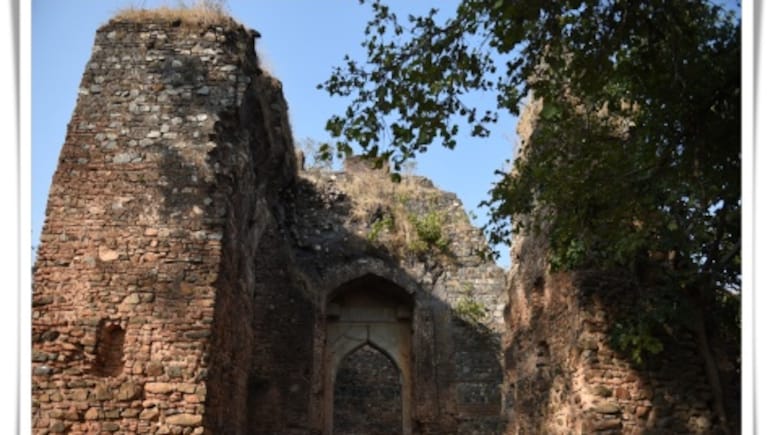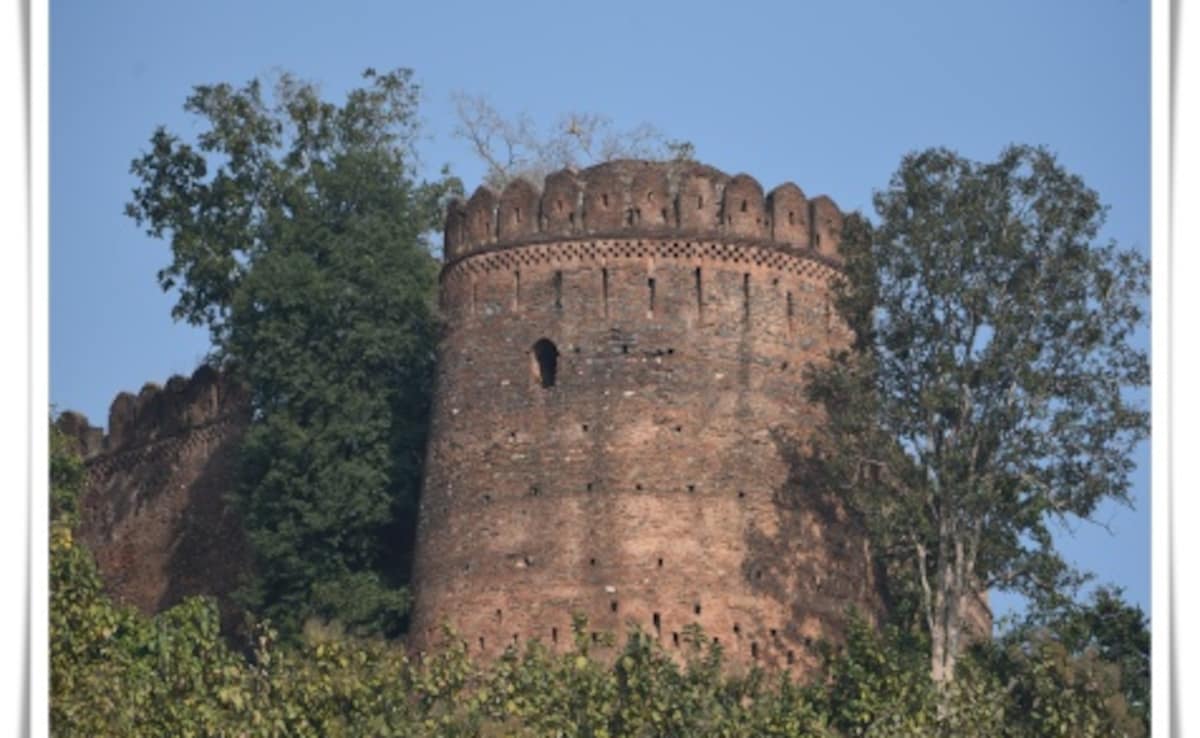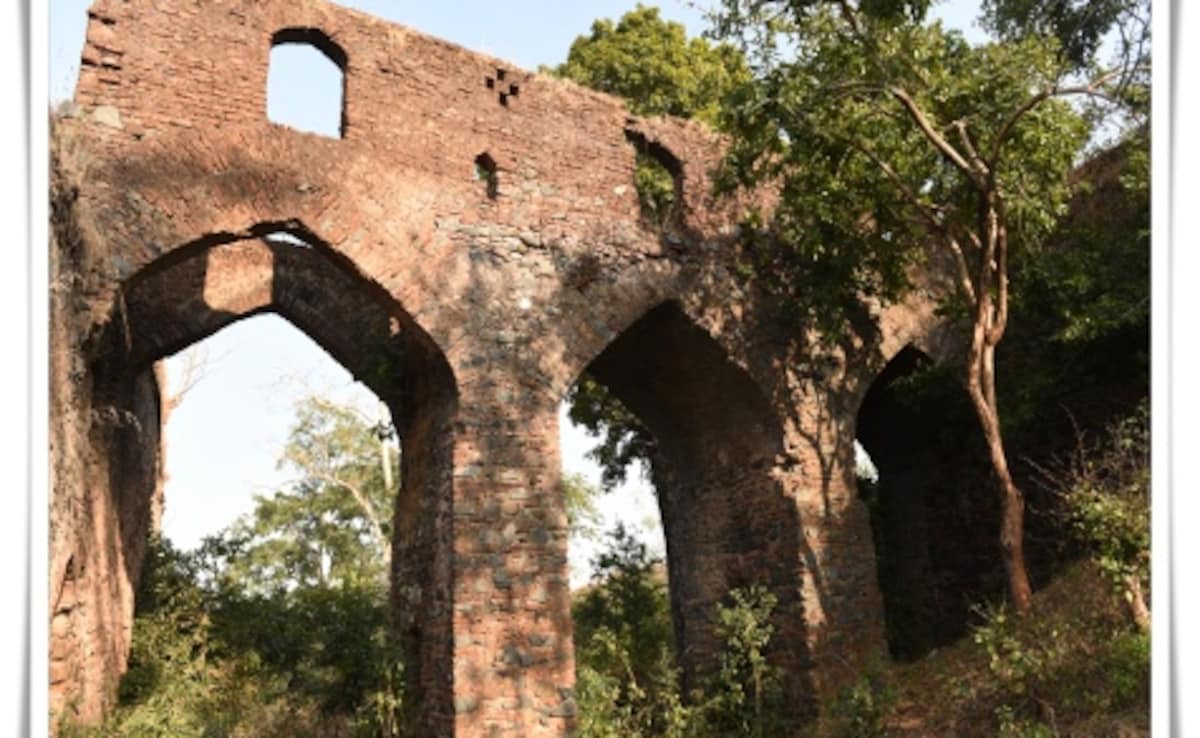
In Jharkhand's Palamau Tiger Reserve, where sal trees sway and the call of the wild echoes through the dense forest, two ancient forts stand as silent witnesses to centuries of history. Built nearly 400 years ago by tribal kings of the Chero dynasty, the twin forts, Purana Quila and Naya Quila, have long remained out of sight, buried under layers of forest and history. Now, after two decades of waiting, the Indian Trust for Rural Heritage and Development (ITRHD) is all set to restore these Mughal-era forts. And for travellers who love places with layered histories and natural beauty, this could be one of India's most intriguing heritage destinations.
Also Read: Nanda Devi Set To Reopen After Four Decades: What Travellers Should Know
The Tale Of Two Forts At Palamau Tiger Reserve:
The twin forts lie about 30 kilometres from Medininagar, deep inside Latehar district. The older of the two, Purana Quila, sits on the plains near the Auranga River. Naya Quila, on the other hand, rises from a nearby hilltop, accessible by a winding motorable road that cuts through the reserve.
According to the Archaeological Survey of India (ASI), the forts were built in the early 17th century by the Cheros, a tribal dynasty that migrated from Rohtasgarh in Bihar. Anant Rai is known to have built the old fort, while his successor Medini Rai is credited for the new fort. Some historians suggest that the Raksel Rajputs may have originally built the old fort, which was later captured and expanded by the Cheros.
Both forts are known for their strategic brilliance. The old fort, spread across 18 acres, was designed for defence, with three massive gates and thick walls. The new fort, on the other hand, covers 11.5 acres and was built on higher ground, offering a commanding view of the surrounding forest. Its entrance, the Nagpuri Gate, still bears Devanagari inscriptions of Chero kings.
Also Read: Mizoram's Lianpui Menhirs Join India's National Heritage List - Declared By Archaeological Survey

Photo Credit: palamautigerreserve.in
Mughal Shadows Over The Forts:
The Cheros ruled Palamau for nearly 70 years, resisting Mughal advances with remarkable tenacity. But in 1660, Mughal general Daud Khan finally breached their defences. To mark his victory, he built a triple-domed mosque inside the old fort. This structure still stands today with its Islamic arches and domes contrasting with the tribal architecture around it.
Restoration After A 20-Year Wait:
A report by PTI states that the restoration project, estimated to cost between Rs. 40 and Rs. 50 crores is being led by ITRHD, which prepared the Detailed Project Report (DPR). The ASI has vetted the report and is expected to oversee the technical aspects of the work.
The forts lie within a protected tiger reserve, hence need special permissions to move forward. As per the PTI report, ASI cannot own land inside the reserve, but it can supervise restoration if the project meets its guidelines. With these conditions now in place, work is expected to begin soon.
Also Read: Arunachal Pradesh To Be Named India's Orchid Capital In New Tourism Push
What Is Being Restored And How:
The restoration will use traditional materials like stone, lakhori bricks, lime, and surkhi to preserve the forts' authenticity. Experts plan to reinforce collapsed walls, clear invasive vegetation, and restore key structures like the Naubat Khana, bastions, and underground chambers.
The goal is not to turn the forts into manicured tourist spots, but to stabilise them and make them accessible for heritage tourism. "We want to preserve the soul of the place," an ITRHD official told PTI.
A New Chapter For Eco-Heritage Tourism:
The twin forts are expected to become a unique draw for travellers seeking both wildlife and history. Palamau Tiger Reserve, Jharkhand's only such sanctuary, already attracts nature lovers. With the forts restored, the region could offer a rare blend of tribal heritage and biodiversity.
Local officials are optimistic. An awareness campaign launched last year aimed to educate residents and visitors about the twin forts' significance. Once restoration begins, employment opportunities are expected to rise, along with a renewed sense of regional pride.
Also Read: 10-Year Elaborate Plan To Conserve Shivaji Forts Granted Heritage Tag

Photo Credit: palamautigerreserve.in
Planning To Visit The Forts At Palamau Tiger Reserve?
For now, access to the forts is limited. Visitors must check with forest authorities before planning a trip, as the forts lie within protected territory. But if you do make it, the experience is unforgettable. Walking through moss-covered gates, hearing the rustle of leaves, and standing in silence will remind you of the time when armies marched and kings ruled the region.
The revival of the twin forts of Palamau will not only boost tourism in the region, but also restore a glorious past hidden behind the dense forest.
Track Latest News Live on NDTV.com and get news updates from India and around the world

